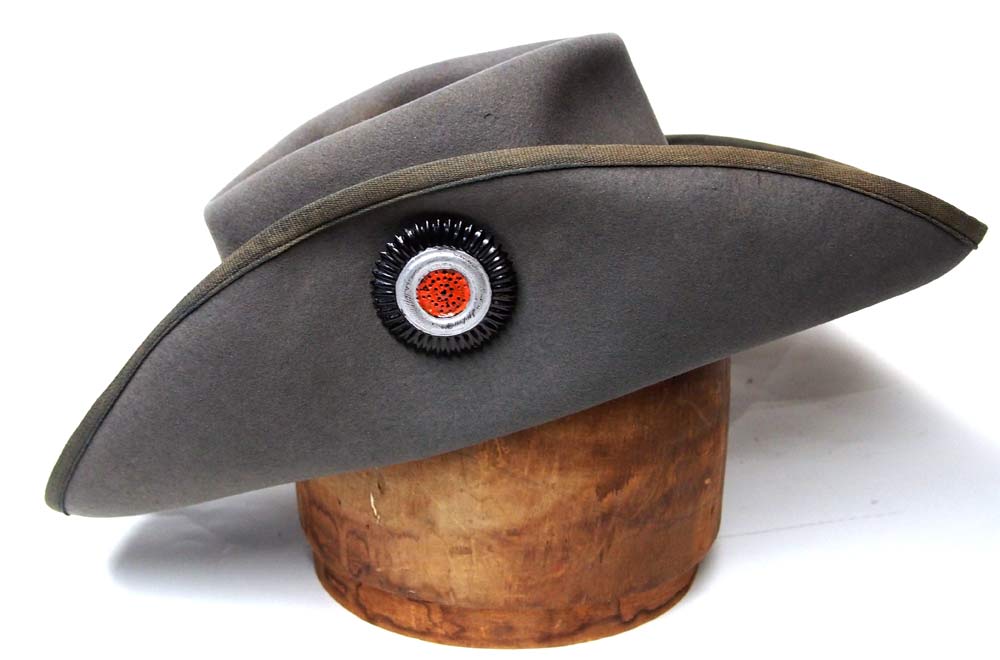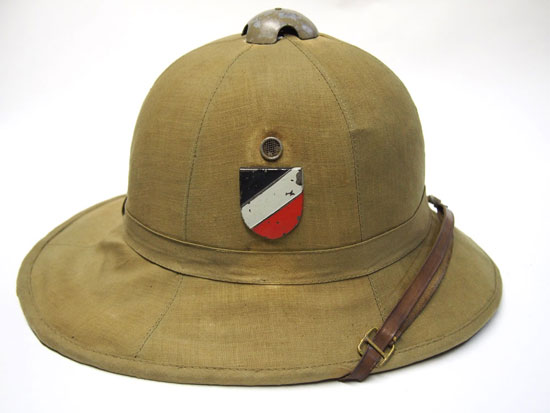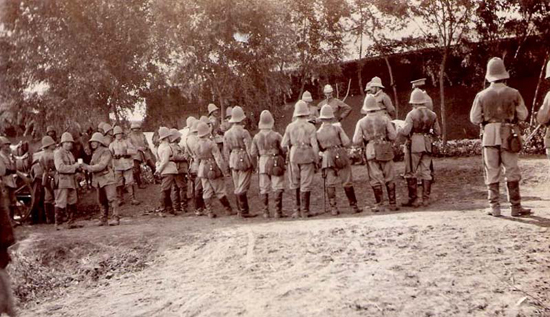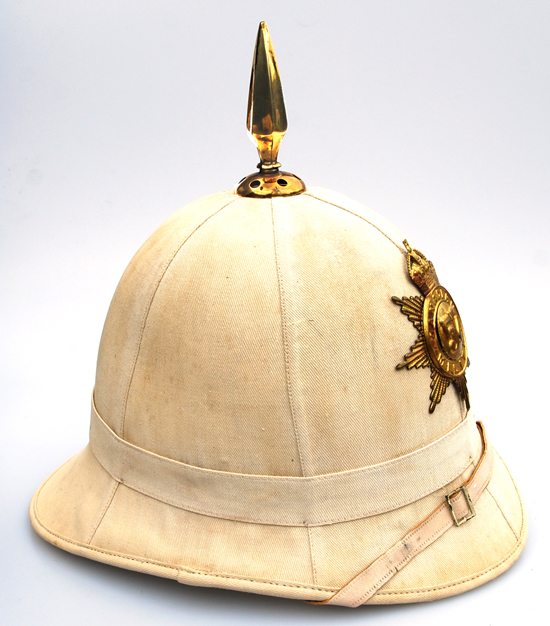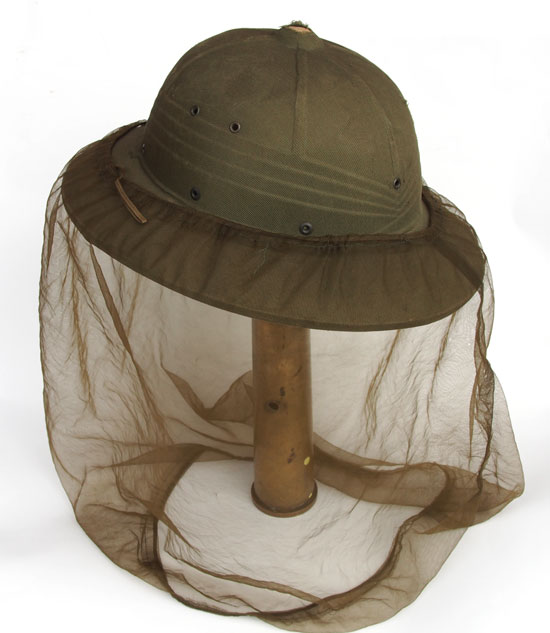
An American Army tropical “Pressed Fiber” helmet and mosquito net from the Vietnam War era of the late 1960s (Author’s Collection)
The military sun helmet was introduced to save lives, not from bullets or even spears but from quite literally from the sun. The European soldiers – first the British but later the French, Belgian, Spanish, Portuguese and Germans – fell victim to sun stroke and heat stroke in their respective newly obtained colonies. The sun helmet offered protection from the sun and along with better tropical clothing likely helped save countless lives beginning in the second half of the 19th century.
The other problem facing soldiers as well as diplomats, colonists and workers was tropical disease. Among the most deadly was yellow fever. Even today in many tropical regions – especially Africa and South America – yellow fever continues to be a major problem. Today nearly a billion people live in an area of the world where the disease is common. Yellow fever originated in Africa but spread to South America through the slave trade in the 17th century, and since that time there have been major outbreaks in the Americas, Africa and even Europe. Continue reading →
